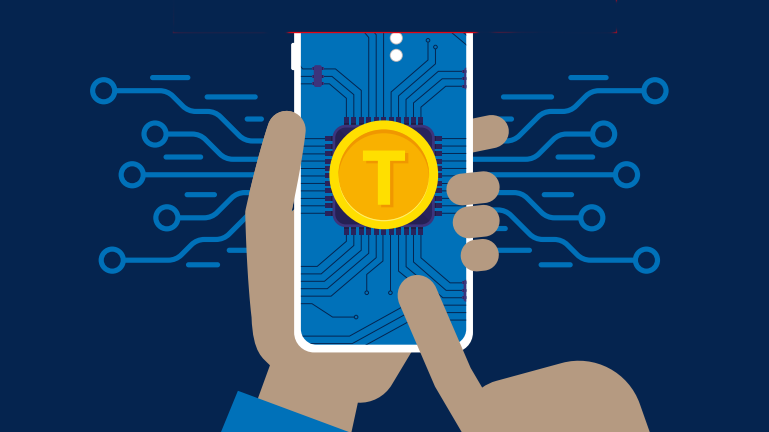How to reach a tech-savvy millennial generation – that is one of the big issues facing the asset management industry.
The challenge is particularly acute in the more affluent parts of Asia, where younger people have been quick to embrace mobile platforms for their banking, money transfers and a host of other transactions. Suddenly, the old, time-consuming methods of accessing funds – involving highly intermediated distribution channels – look antiquated.
Worse, ‘Big Tech’ is waiting in the wings. It is already hovering over the payments business, where the likes of Amazon, Google, Samsung and Baidu have launched digital wallets and online payment facilities.
Research by Calastone found that half of millennials would be willing to buy an investment product from the top tech firms. They clearly have the trust of the millennial generation.
In China, that is already happening. The big fintech business, Ant Financial, has leveraged its Alipay payments platform to make it easy for customers to buy funds – and not just its own. It has been highly successful.
Asset managers that fail to piggyback one of Big Tech’s initiatives, or develop their own easy-to-use online offering, may miss out.
How tokenisation can help
Many firms are clearly adapting their business models to accommodate the demands of the online age. But they need to go further.
Younger people often lack the capital to invest large sums. And they may be deterred from investing small amounts on a regular basis by a fund’s minimum investment criteria or high fees.
One solution could be tokenisation. Tokenisation divides the ownership of an asset or pool of assets into fractions – represented as tokens. They can be fractions of a bond, an equity, a unit in a mutual fund or even a pool of gold bars.
There are three big advantages for asset managers. First, individual tokens can represent very small values, making ‘micro investing’ on a regular basis a practical proposition.
Second, they can cut the cost of investing. Using distributed ledger technology (DLT) – or blockchain as it is better known – to manage their issuance, trading and settlement reduces intermediation and delivers full digitisation and automation.
Third, as digital assets, tokens could meet the demands of a ‘one click’ generation accustomed to the instant gratification of mobile commerce. They could also boost the appeal of retail investment platforms targeting smaller savers.
The technology is here
The technology is proven. At Calastone, our global funds network uses a blockchain-based platform to deliver a fully digitalised, end-to-end service. It could provide the same platform for tokens.
In practical terms, tokenising an existing mutual fund is probably not the way forward. More sensible by far would be to set up a wholly digital fund with digital assets accessible only online. Its cost base would be significantly below that of an equivalent traditional fund.
A number of asset managers are known to be looking at both digital funds and tokenisation. But there are still obstacles in their path.
One is what standards will be adopted – very necessary if tokens are to be traded between different markets and platforms. The other is regulation. A number of regulators, including the Monetary Authority of Singapore, have looked at the issue and made recommendations. But there is more talking still to be done.
One thing is certain: there could be big gains for early movers. Tokenisation could revitalise the funds industry by transforming costs, simplifying the distribution process and providing a vital ‘connect’ to the millennial generation.











